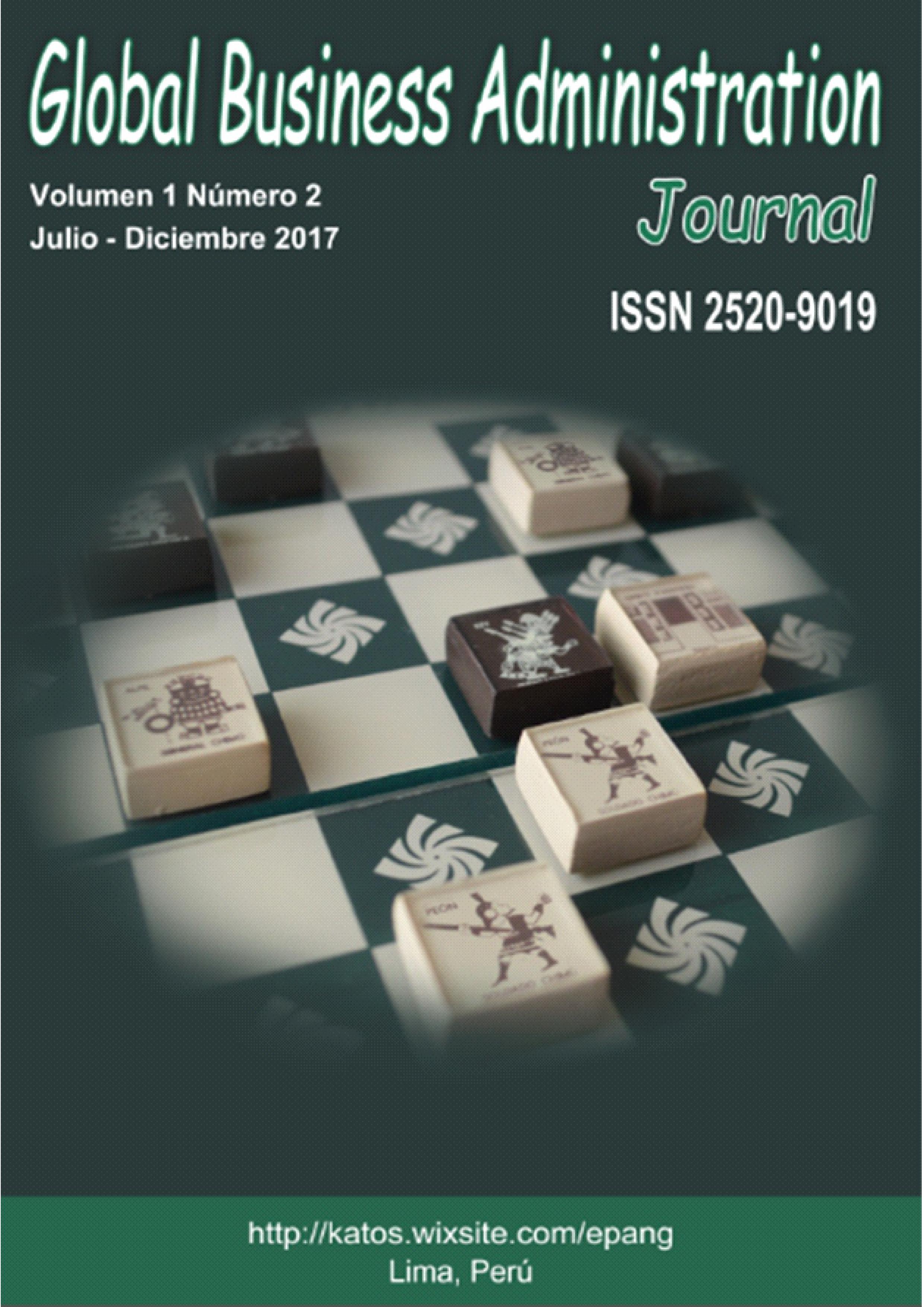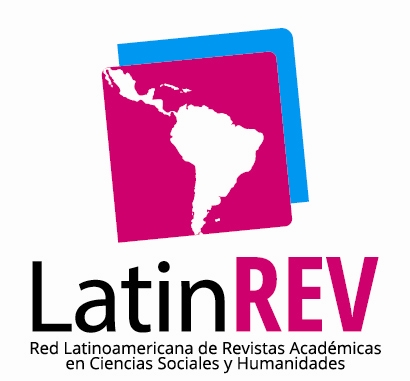The Pacific Alliance, Challenge and Response
DOI:
https://doi.org/10.31381/gbaj.v1i2.1345Keywords:
Law, international trade free trade, tariffs, non-tariff barriers, Pacific Alliance, Asia-PacificAbstract
This paper explores the Pacific Alliance trying to explain the binding agreements that its members have adopted in order to liberalize the trade of goods and services within the block. It analyses these agreements, considering the potential trade opportunities that such a liberalization process promises. The research states that even considering the poor levels of economic interdependence among the members of the Pacific Alliance and despite the fact that economic integration inside the block has more formal than real connotations; the true chance of developing value chains for the Asian markets presents the Pacific Alliance as an important tool in order to obtain both economic growth and social development








